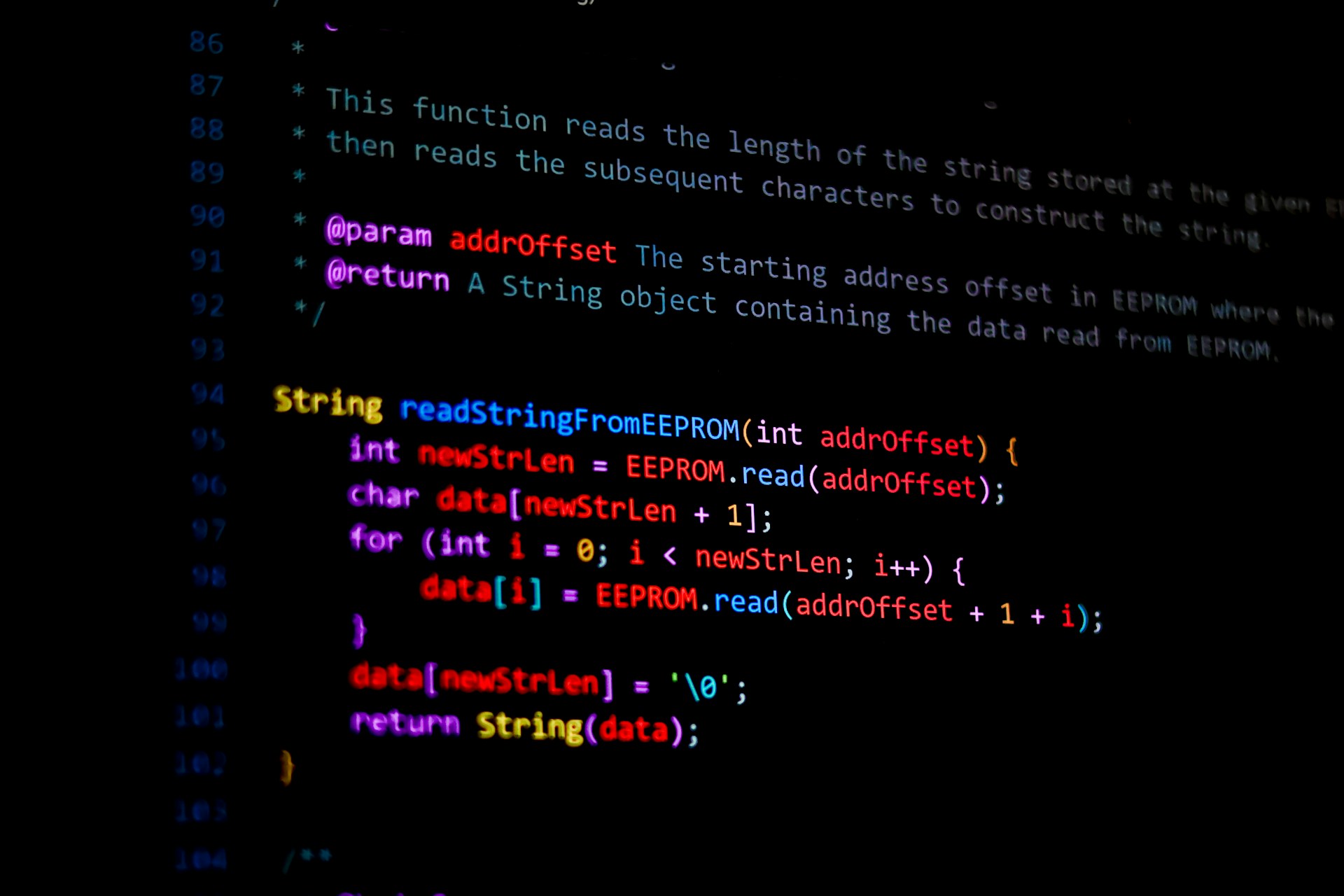NAND Dump Forensics & Firmware Extraction — How FraudEyes Elevates Embedded Threat Detection
In the domain of embedded device security, firmware compromise and hidden backdoors are an escalating threat. Traditional endpoint-centric tools often fail to detect malicious modifications within flashed storage chips. The toolset provided by FraudEyes integrates advanced firmware-forensic capabilities, enabling security teams to dissect raw NAND dumps, correct bit errors, parse UBI images and extract hidden files. This article unpacks the technical process and highlights how mobile and IoT security teams can adopt these principles.
Why NAND Dump Analysis
Matters for Embedded Threat Detection
Embedded devices frequently rely on flash memory (e.g., NAND) to store firmware, configuration and runtime binaries. Malicious actors exploit this by implanting modified firmware or altering boot-sequences. A raw physical NAND dump offers the most comprehensive view of storage – including factory-set bootloaders, obfuscated partitions and hidden payloads. Unlike logical dumps where a Flash Translation Layer (FTL) hides bit errors and remaps pages, a physical dump exposes raw page structure, out-of-band (OOB) metadata and error-correcting code (ECC) for analysis.
Each of these was custom-built with industry insight at its core and not as a generic solution waiting for clients to do the heavy lifting. These solutions are systems that work because they were made to.
Bit-Errors & ECC Correction:
From Raw Dump to Logical View
The first major phase involves decoding the ECC and reconstructing a logical view of the NAND. The study shows that for the MT29F2G08ABAEAWP device, a page size of 2,048 + 64 bytes (data + spare) and 64 pages per block were used.
Security teams using FraudEyes follow a multi-stage pipeline:
- Identify page, block and spare (OOB) structure
- Extract suspected ECC bytes (e.g., four 8-byte sections per sub-page)
- Infer ECC algorithm (commonly binary BCH) via guided brute-force, not blind guessing
- Correct bit errors and remove ECC/spare bytes, yielding a cleaned data region ready for higher-level parsing
UBI Image Parsing & Filesystem Recovery
Once the dump is corrected, the next phase is to locate and reconstruct embedded filesystems (e.g., UBI/UBIFS). The referenced work demonstrates manually recovering the filesystem by analysing headers, offsets and vendor-specific metadata.
With FraudEyes, the extraction engine automates many of these routines: locate UBI magic, parse volume headers, extract UBIFS trees and recover files — even when standard tools (e.g., binwalk, unblob) fail.
Firmware Extraction & Payload Analysis
After the filesystem is recovered, the engine extracts binaries, configuration files, scripts and hidden payloads. This allows security teams to conduct full binary analysis, behaviour monitoring and memory-operational tracing—detecting custom malware, altered boot sequences or undocumented code.
The technical depth here is what distinguishes FraudEyes: from raw chip rows to actionable artifact sets in one forensic chain.
Practical Considerations
for Security Teams
- Processing performance: Physical dumps can be multiple gigabytes; ECC correction is CPU-intensive. Embed this into scalable pipelines.
- Obfuscation & vendor modifications: Many vendors customise or encrypt ECC/spare data — anomaly pipelines must accommodate this.
- Chain of custody & repeatability: For enterprise deployments, automation and audit logs are essential; FraudEyes offers forensic-grade logging.
- Threat lifecycle integration: Use the extracted artifacts to feed ML models, threat intelligence feeds and proactive detection rules.
Conclusion
Embedded firmware threats are only increasing in volume and sophistication. NAND dump forensics and firmware extraction are not optional—they are required capabilities for modern security teams. With FraudEyes’ end-to-end forensic pipeline—physical dump → ECC correction → filesystem recovery → binary extraction—organisations can elevate their embedded threat posture from reactive to proactive.
Want to explore how FraudEyes can be integrated into your security workflow? Contact us to schedule a demo and consultation.
*The technical research, data collection, and experiments referenced in this article were completed during 2023. This article has been rewritten and updated in 2025 to improve clarity, structure, and relevance to ongoing cybersecurity challenges.

